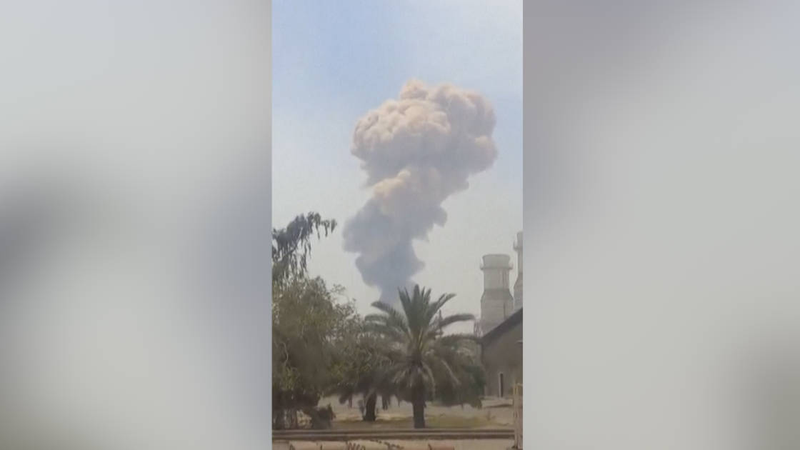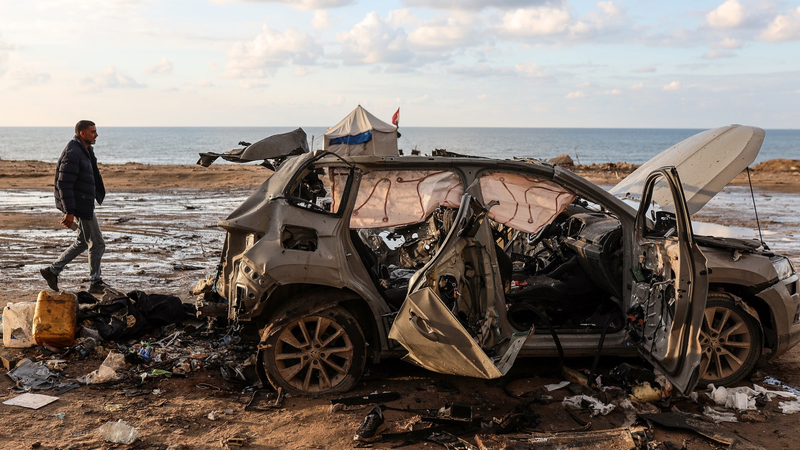A massive explosion ripped through a fuel tank at the Port of Shahid Rajaee in Bandar Abbas, Iran's southern Hormozgan province, on Saturday, injuring at least 281 people. Eyewitnesses reported a towering cloud of smoke that could be seen for miles, as nearby buildings and cars suffered extensive damage.
Local crisis management authorities told state TV that the blast occurred after several containers stored in the wharf area detonated. Emergency teams swiftly evacuated the site, transporting the wounded to nearby medical centers. Babak Yektaparast, spokesman for Iran's Emergency Medical Services Organization, confirmed that the most serious cases were moved to regional hospitals for treatment.
The explosion comes as Iran kicked off a third round of nuclear talks with the United States in Oman. While officials have not yet determined the exact cause, the timing has raised questions about safety protocols at critical energy hubs and the potential ripple effects on global energy markets and shipping routes.
Global Ripple Effects
Beyond the immediate human toll, businesses and supply chain experts are watching for disruptions. Bandar Abbas is a key transit point for oil and gas shipments in the region, and any prolonged port closure could drive up energy prices and delay goods worldwide. Tech startups and entrepreneurs tracking emerging markets may also feel the impact as logistical bottlenecks reverberate across industries.
Staying Prepared
For travelers and digital nomads planning to explore the Persian Gulf, the blast highlights the importance of crisis readiness and flexible itineraries. Meanwhile, thought leaders are calling for stronger safety measures to protect workers and communities at high-stakes industrial sites.
As investigations continue, myglobalnews.net will follow updates on casualty figures, root causes, and any wider consequences for international trade and energy stability.
Reference(s):
Hundreds injured in huge explosion at fuel tank in Iran's Bandar Abbas
cgtn.com




